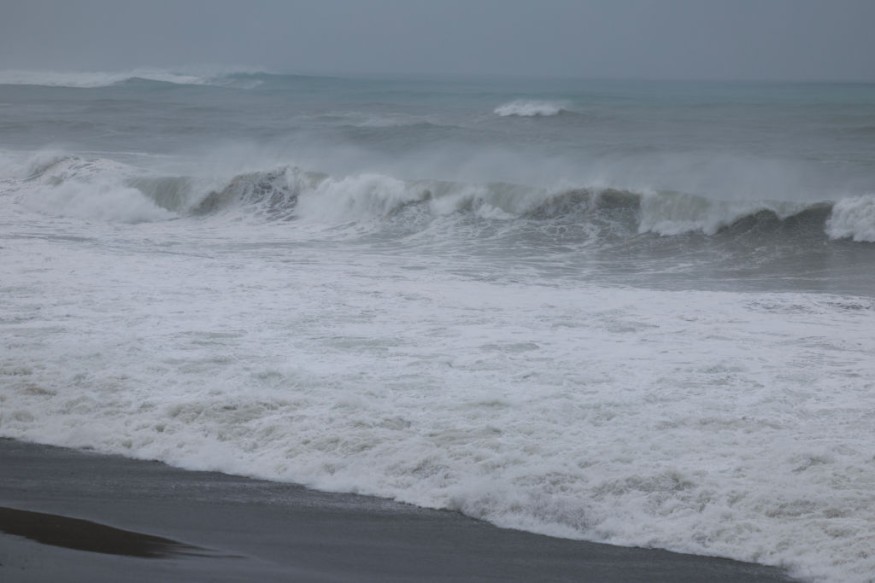
A recent study suggests that weaker ocean circulation would lead to the release of more carbon levels from the ocean deep into the atmosphere.
The study, which was published in Nature Communications, exposes a sophisticated feedback loop involving microbes, iron, and obscure compounds known as ligands.
Ligands
Scientists may need to reconsider the connection between the ocean's circulation and its long-term ability to store carbon, according to a recent study by the MIT researchers.
The cause is due to a yet unidentified feedback loop involving surface microbes, upwelling carbon and nutrients, iron accessible in the ocean, and a poorly understood family of chemicals known as "ligands."
All of these actors engage in a self-sustaining cycle when the ocean's circulation slows down, which eventually raises the quantity of carbon that the ocean releases back into the atmosphere.
Study author, Jonathan Lauderdale, who is also a research scientist in the Department of Earth, Atmospheric, and Planetary Sciences at MIT said that by isolating the impact of this feedback, we would see the fundamentally different relationship between ocean circulation and atmospheric carbon levels, with implications for the climate.
Lauderdale's work expands on a 2020 investigation that looked at the relationships and effects on phytoplankton development between iron, marine animals, and ocean nutrients. Through photosynthesis, microscopic organisms that resemble plants that live on the ocean's surface, called phytoplankton, are essential for removing carbon dioxide from the atmosphere.
According to the study, iron, a crucial mineral for phytoplankton, is only useful when it is bonded to ligands, which are organic compounds that are created as byproducts of phytoplankton growth. The delicate balance that results from this relationship influences the ocean's capacity to sequester carbon.
The researchers discovered that supplying iron to one area of the water to absorb more nutrients deprives other areas of the nutrients required for phytoplankton to proliferate. This limits the quantity of additional carbon that would be absorbed from the atmosphere by reducing the ligand formation and the iron supply returning to the original ocean region.
Read Also : Ocean Currents Feared To Collapse As Greenland Loses 30M Tons Of Ice In An Hour Due To Climate Crisis
Unexpected Switch
Lauderdale extended the box model to represent more diverse environments, such as conditions similar to the Pacific, the North Atlantic, and the Southern Ocean, and included ocean and atmosphere carbon exchange after the team's study was published. This allowed him to modify the box model in a way that would make it publicly available.
He also investigated additional interactions in the model during this process, such as the impact of changing ocean circulation.
In order to find less atmospheric carbon dioxide with weaker ocean overturning-a link that has been substantiated by other studies dating back to the 1980s-he ran the model with varied circulation strengths. Instead, he discovered a distinct and opposing pattern: the amount of CO2 that accumulated in the atmosphere increased due to the weakening of the ocean's circulation.
He discovered that the ocean ligand parameter had been left as a variable with the value "on" when he checked the model. Stated differently, the model was computing ligand concentrations as they varied throughout different ocean regions.
Lauderdale took a wild guess and set this parameter to "off," assuming that ligand concentrations would always be the same in all modeled ocean environments-a common mistake made by many ocean models. That one alteration turned the trend around and restored the presumptive link between decreased atmospheric carbon dioxide and a weaker circulation.
Lauderdale examined the few data on ocean ligands that were available to see whether the quantities of these molecules were more consistent or inconsistent in the real ocean. He discovered support for his theory in GEOTRACES, an international project that enables researchers to compare concentrations across geographical boundaries by coordinating monitoring of trace elements and isotopes in the world's oceans.
The concentrations of the molecules did in fact differ. In the event that ligand concentrations vary across different regions, his unexpected new finding-that a weaker circulation increases atmospheric carbon dioxide-was probably indicative of the actual ocean.
"My work shows that we need to look more carefully at how ocean biology can affect the climate," Lauderdale explained.
Related Article : Antarctic Ocean Circulation Slows Down Due To Melting Ice, With Global Consequences
© 2025 NatureWorldNews.com All rights reserved. Do not reproduce without permission.

